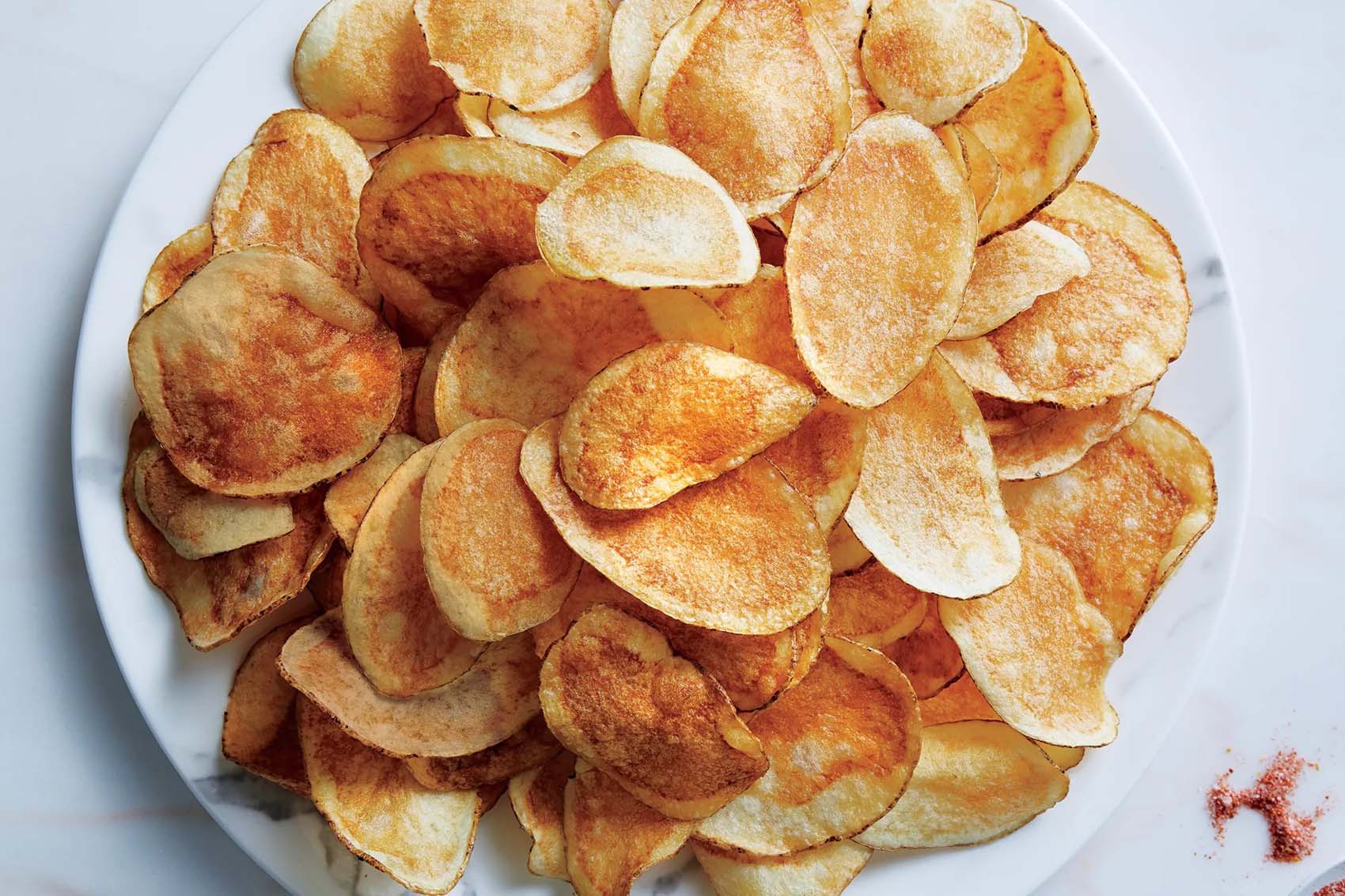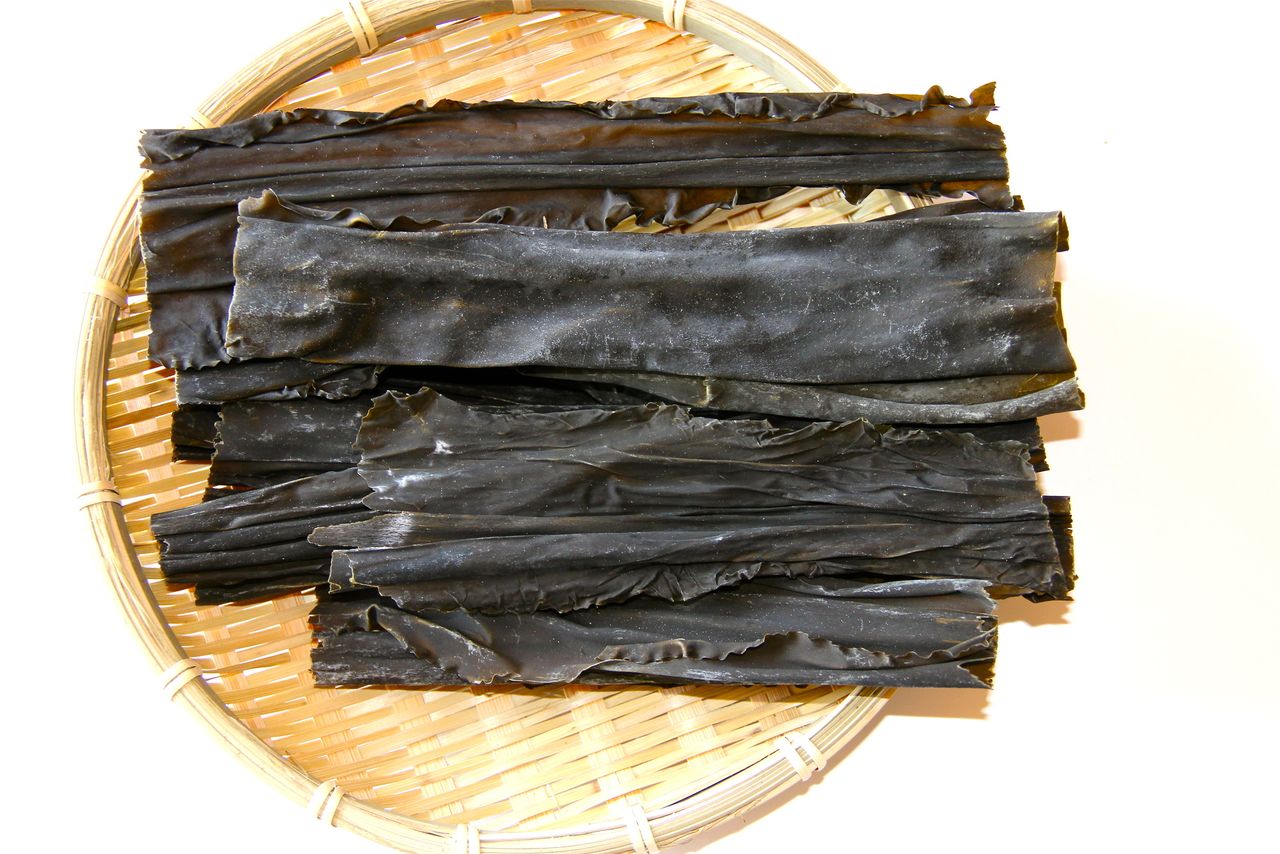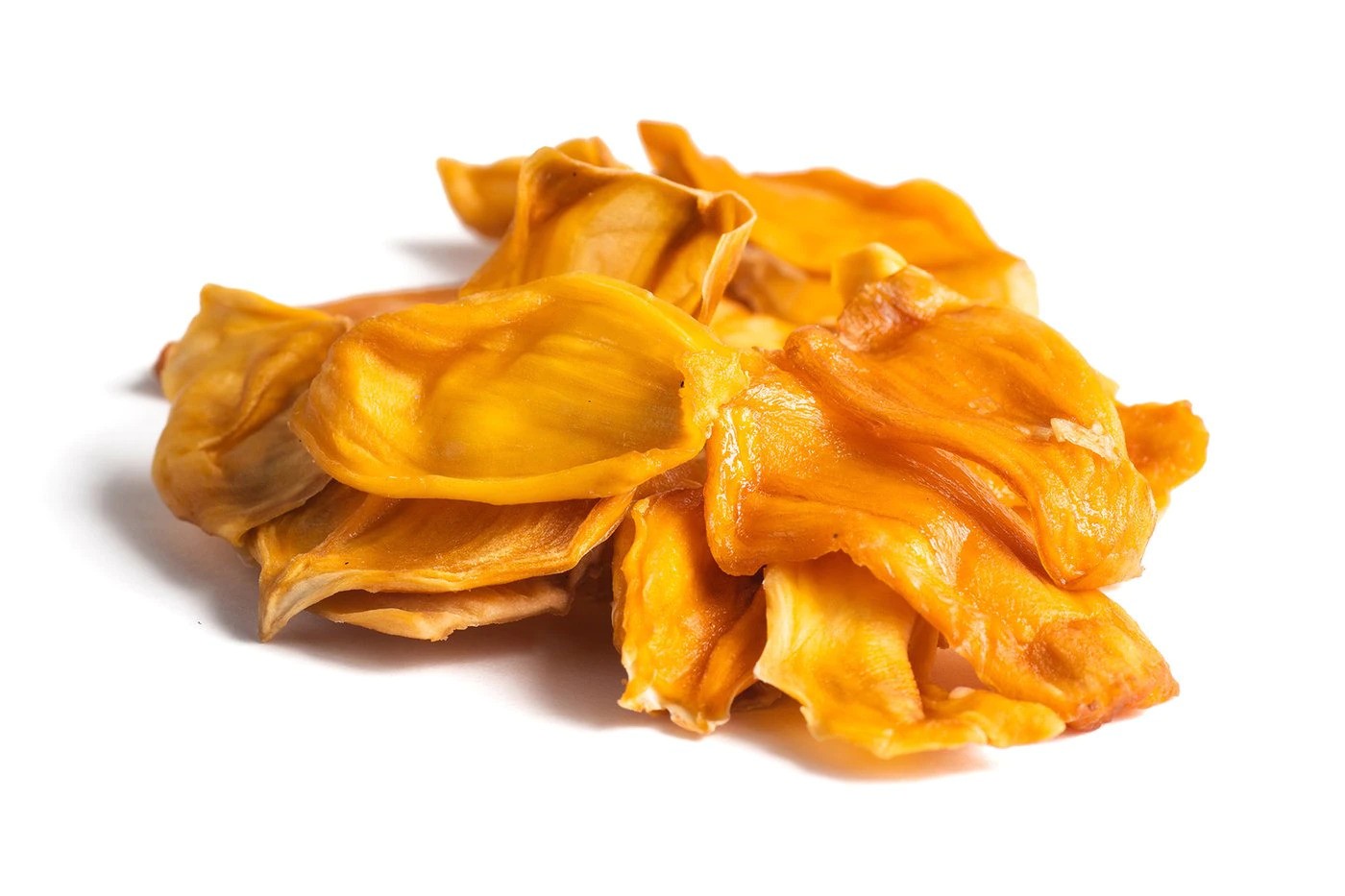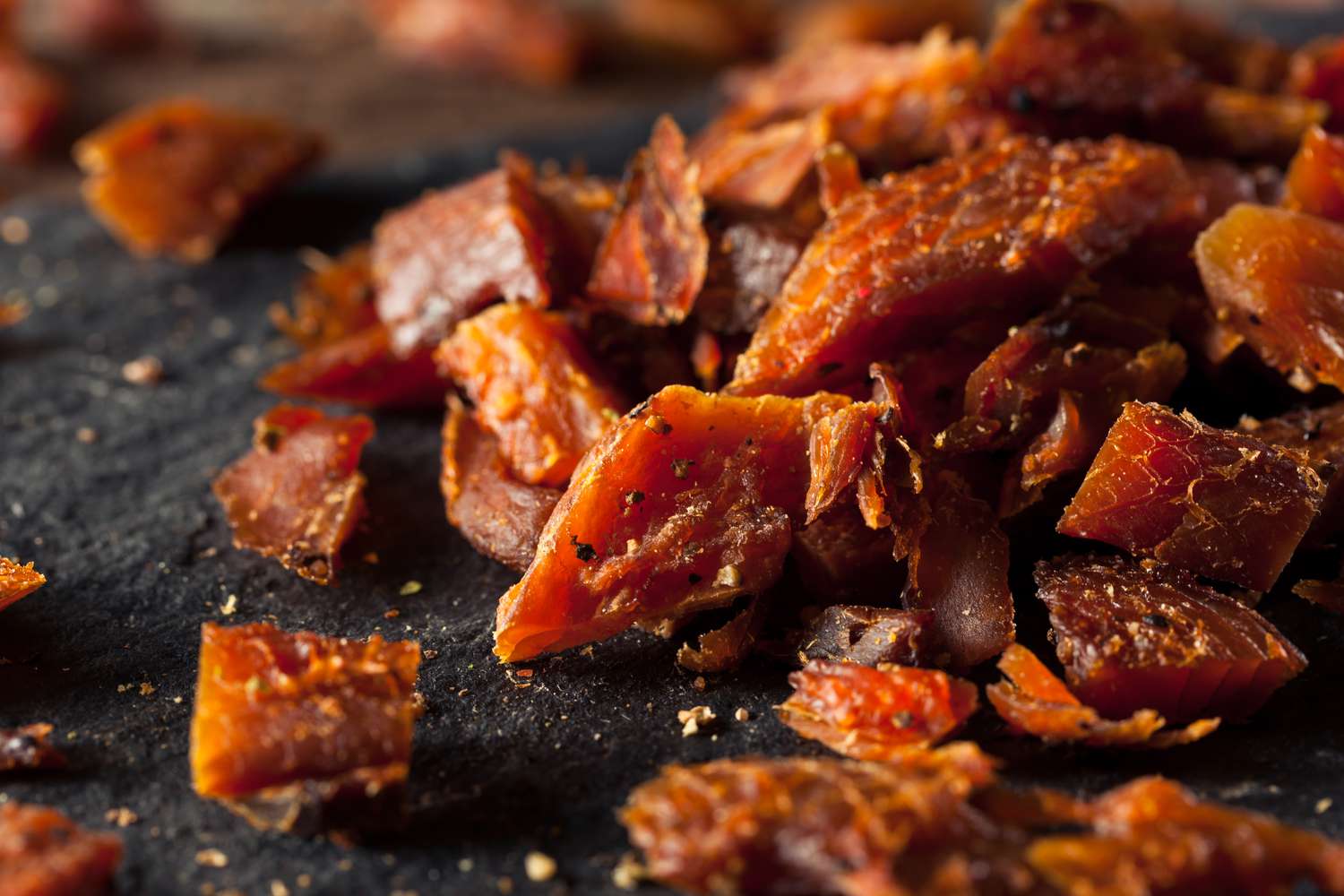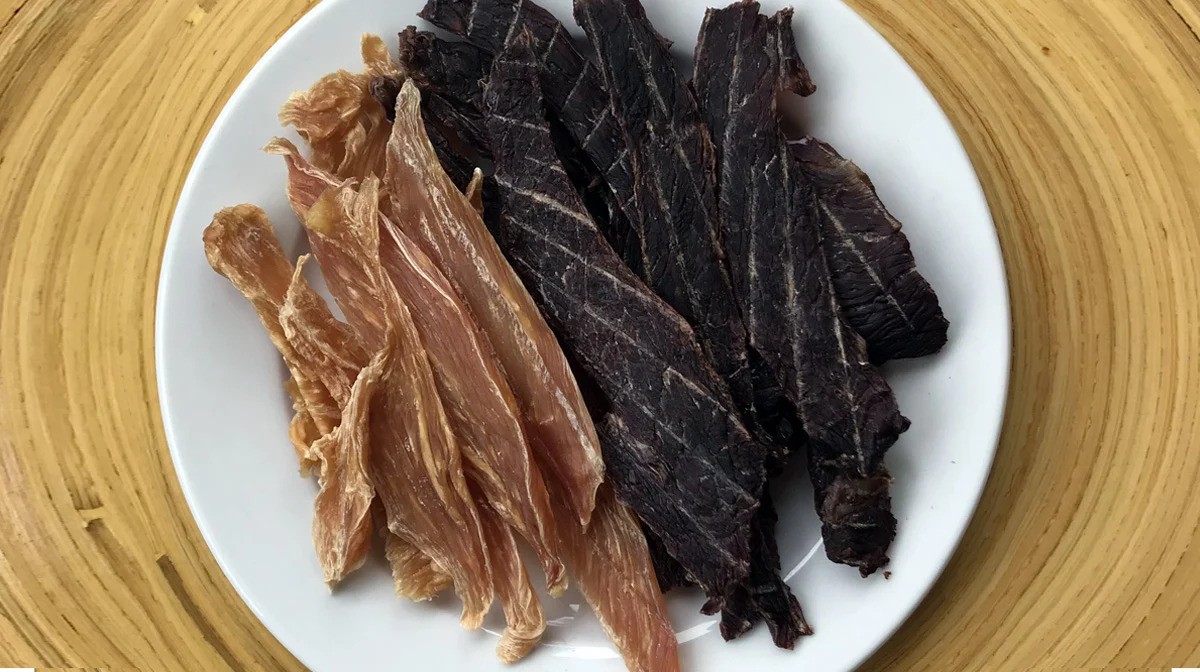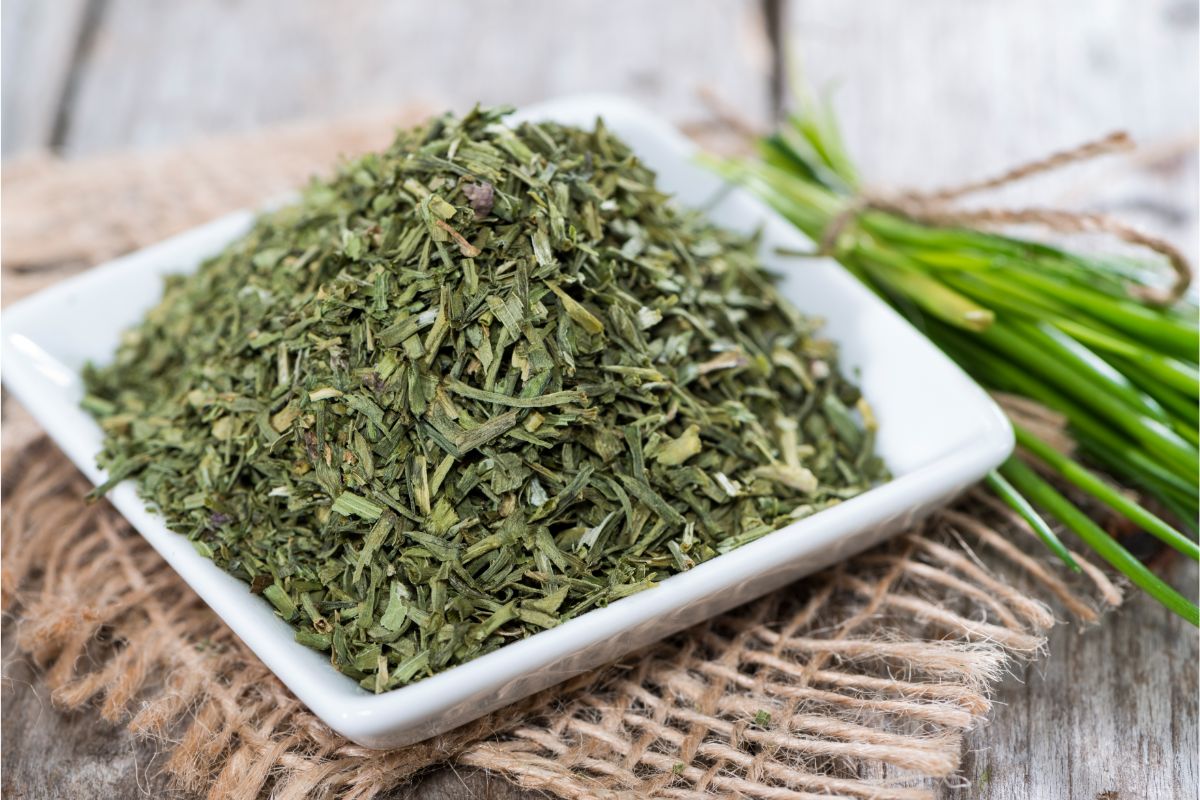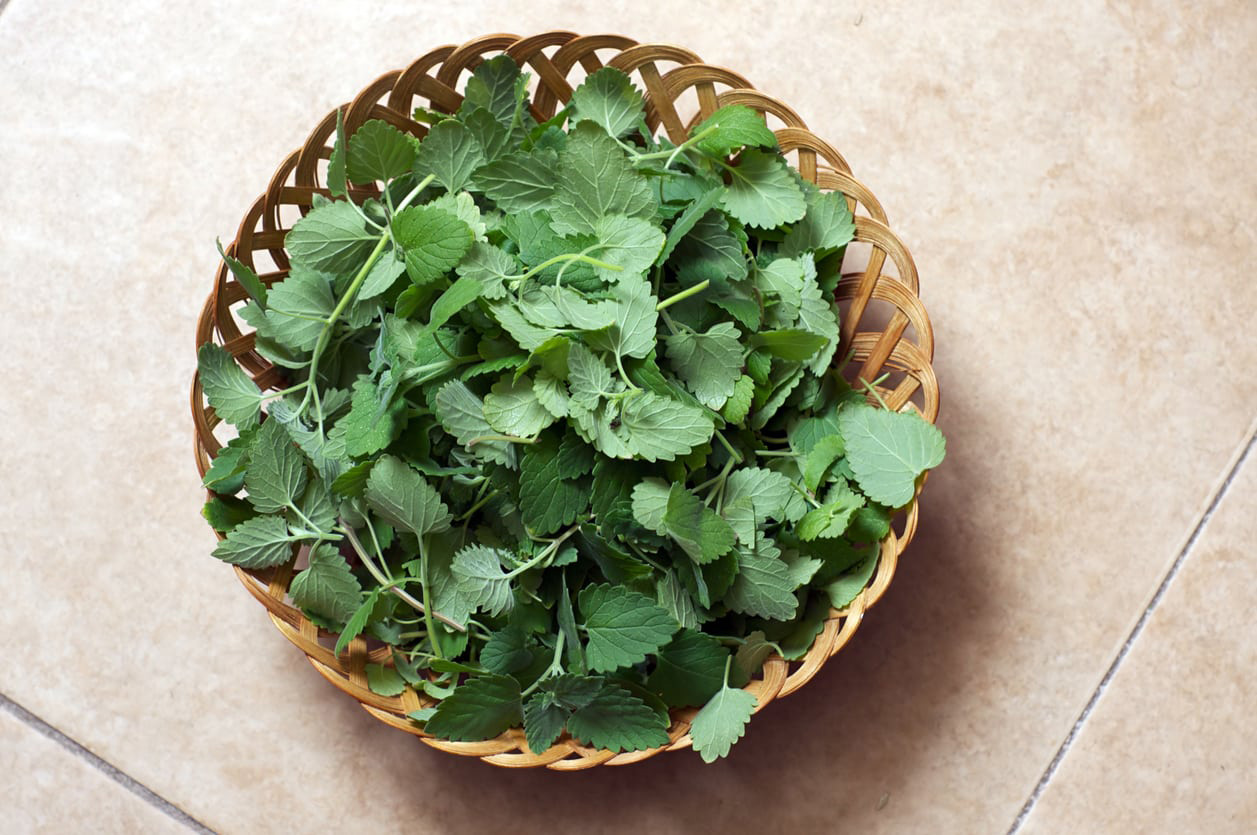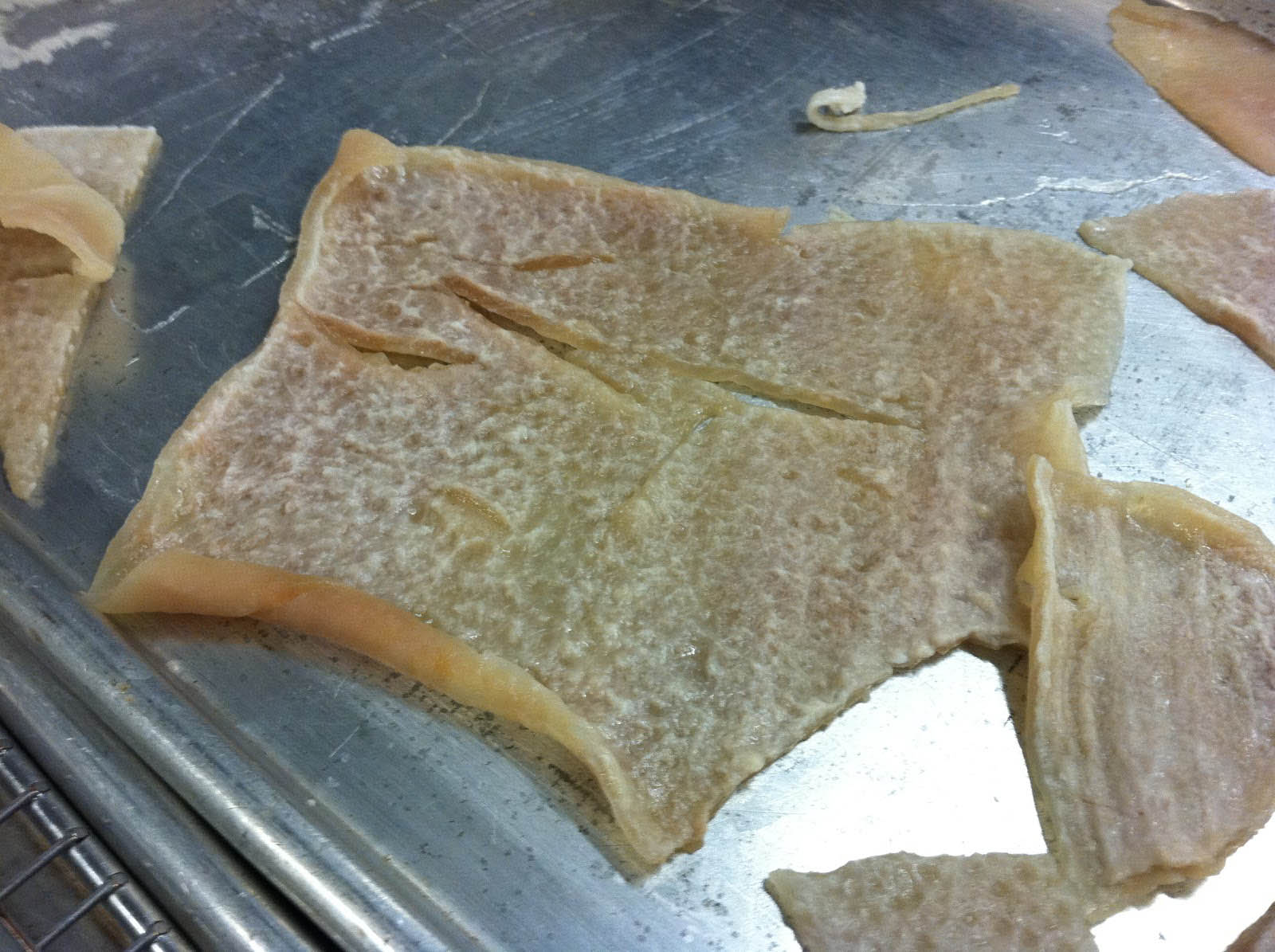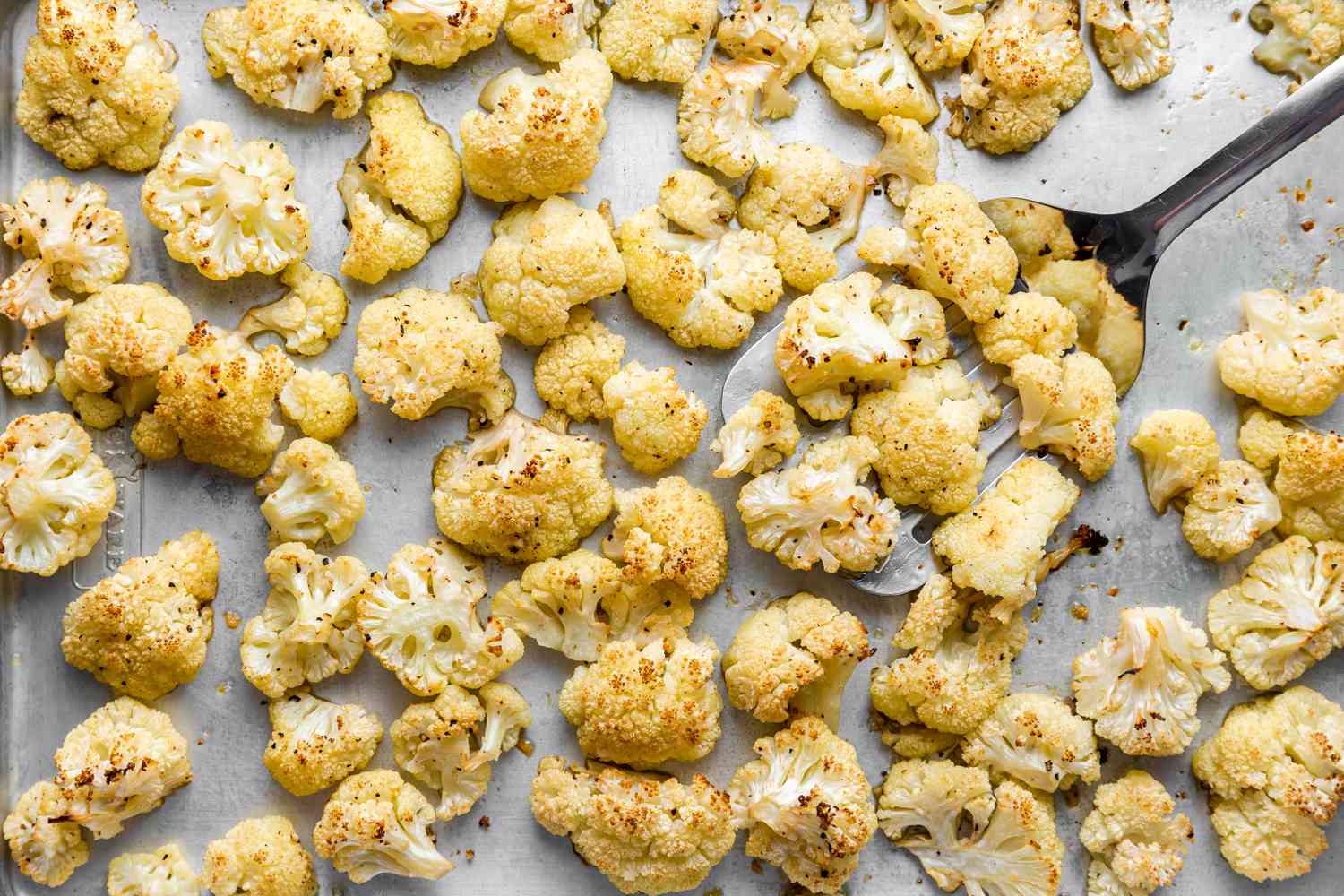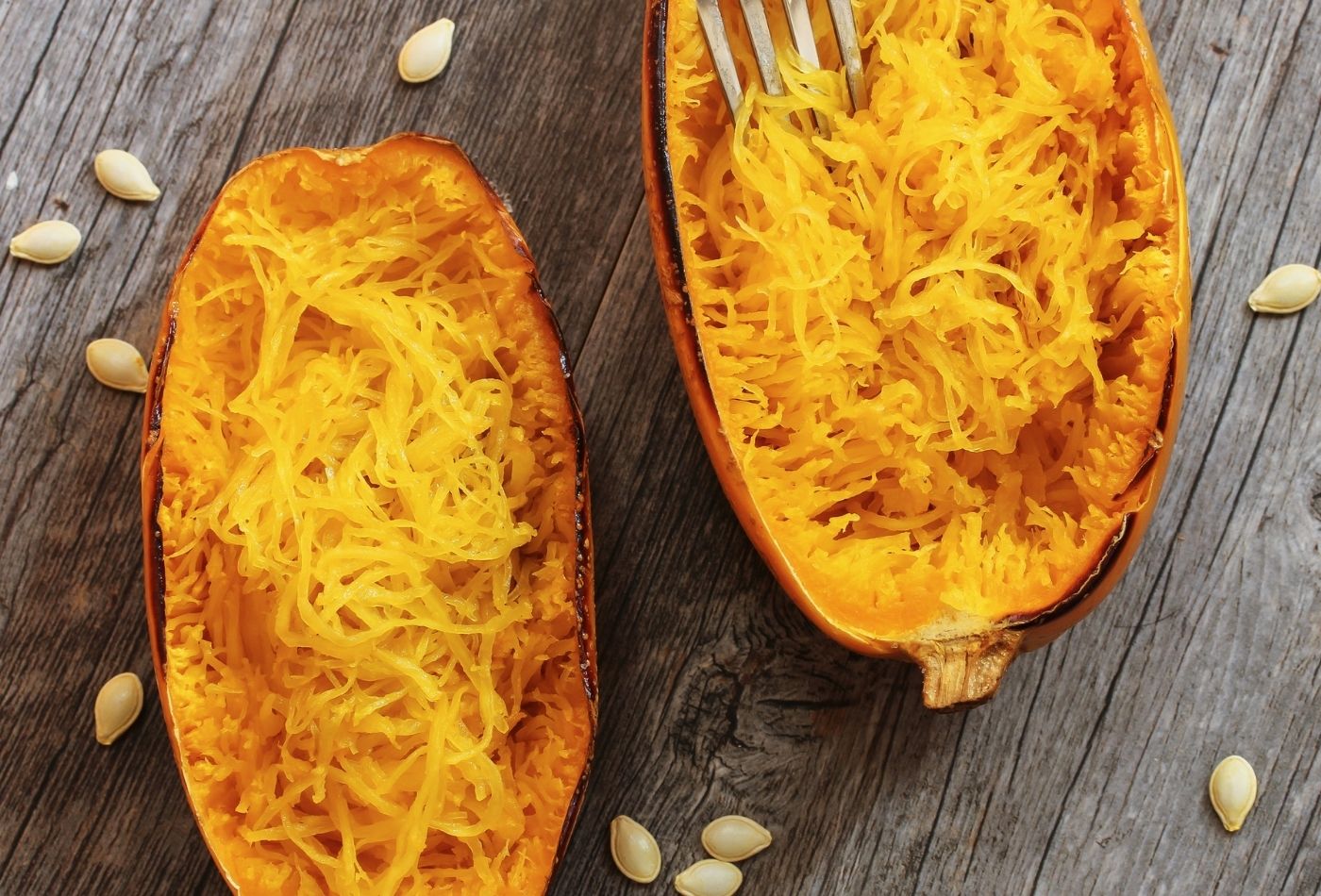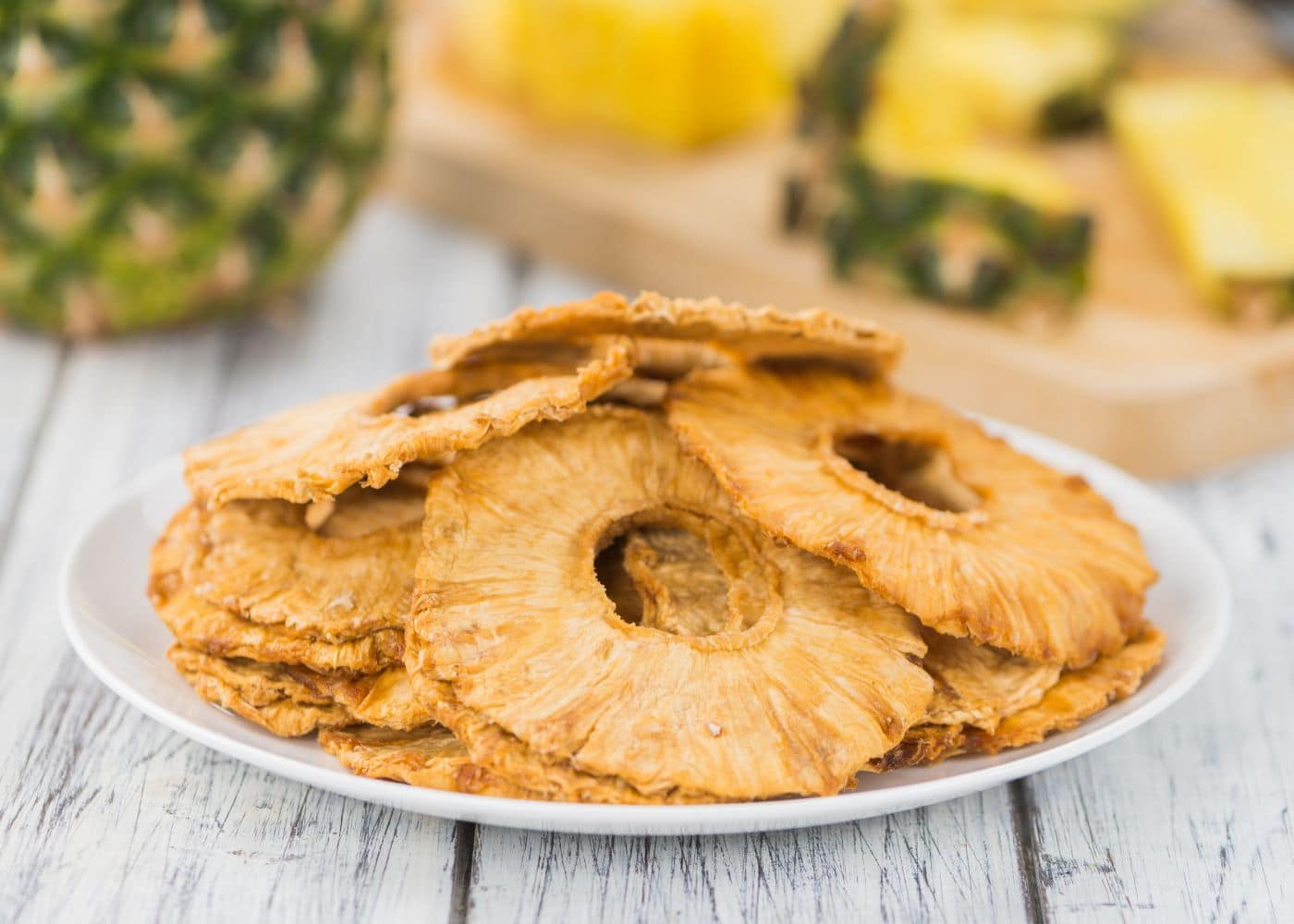Dehydrating Scapes: A Delicious Way to Preserve Flavor
Scapes, the curly, green shoots that emerge from garlic and other allium plants, are a delicious and versatile ingredient in the kitchen. While they are in season, it’s a great idea to dehydrate them to preserve their flavor for year-round use. Dehydrating scapes is a simple process that can be done at home with minimal equipment. In this article, we’ll explore the benefits of dehydrating scapes and provide a step-by-step guide on how to do it.
The Benefits of Dehydrating Scapes
Dehydrating scapes offers several benefits:
- Preservation: Dehydrating scapes allows you to preserve their flavor and nutritional content for long-term storage.
- Convenience: Once dehydrated, scapes take up less space and are easy to store, making them readily available for use in various recipes.
- Enhanced Flavor: Dehydrating scapes intensifies their flavor, adding a concentrated garlic taste to dishes.
How to Dehydrate Scapes
Follow these simple steps to dehydrate scapes at home:
- Prepare the Scapes: Wash the scapes thoroughly to remove any dirt or debris. Trim off the woody ends and cut them into uniform pieces.
- Preheat the Dehydrator: If you’re using a dehydrator, preheat it to the recommended temperature for drying vegetables.
- Arrange the Scapes: Lay the prepared scapes in a single layer on the dehydrator trays, ensuring that there is space between each piece for air circulation.
- Dehydrate the Scapes: Place the trays in the dehydrator and set the timer according to the manufacturer’s instructions. Check the scapes periodically and rotate the trays for even drying.
- Check for Dryness: The scapes are ready when they are completely dry and brittle to the touch.
- Store the Dehydrated Scapes: Once the scapes are fully dehydrated, allow them to cool to room temperature. Transfer them to an airtight container and store in a cool, dark place.
Using Dehydrated Scapes
Dehydrated scapes can be rehydrated and used in soups, stews, sauces, and marinades to add a rich garlic flavor. They can also be ground into a powder and used as a seasoning or added to homemade spice blends. Get creative and experiment with different ways to incorporate dehydrated scapes into your favorite dishes.
Conclusion
Dehydrating scapes is a simple and effective way to preserve their flavor and extend their shelf life. By following the steps outlined in this article, you can enjoy the delicious taste of scapes year-round. Whether you’re a fan of garlic or simply looking to add a new dimension to your culinary creations, dehydrated scapes are a valuable ingredient to have on hand.
So, next time you have an abundance of scapes, consider dehydrating them to enjoy their flavor long after the season has passed.
For anyone looking to make the most of dehydrated scapes, there are several recipes that stand out. Garlic Scape Pesto Pasta is a must-try for pasta lovers, blending the unique flavor of scapes with classic pesto. Dehydrated Scape and Herb Roasted Chicken offers a succulent main course that pairs well with a variety of sides. For a comforting dish, Creamy Potato Soup with Dehydrated Scapes utilizes the dehydrated scapes to add an extra layer of flavor. Dehydrated Scape Seasoned Popcorn is a fun and easy snack that showcases the versatility of scapes. Lastly, the Dehydrated Scape and Spinach Dip is perfect for gatherings, providing a delicious twist on a classic appetizer. These recipes not only make good use of dehydrated scapes but also offer a range of culinary experiences worth exploring.
Was this page helpful?
Read Next: How To Dehydrate Soybean
